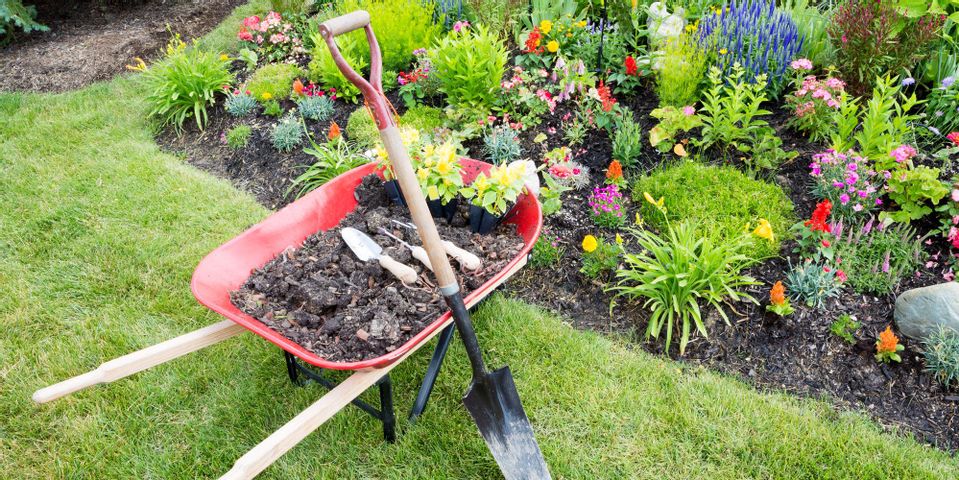How Does Soil’s pH Level Affect Your Landscaping?

If you want to enjoy a thriving, healthy lawn, you first need to test the soil’s pH levels. Soil pH is a measure of the soil’s acidity and alkalinity, and it can be used to determine which plants will do best in your yard. If you’re not sure where to begin, here’s a brief guide to pH levels and how it can affect your landscaping.
What Is Soil pH?

pH stands for “potenz (power) Hydrogen,” and it is measured on a scale of 1 to 14 scale, with a measure of 7 considered neutral. Soil that is high in hydrogen ions is considered acidic, a measure of 1. When the soil is properly balanced, it can more effectively absorb surrounding nutrients and nourish the plants. Acidity may be caused by a range of factors, including your region, annual rainfall, and the types of fertilizers you use.
Symptoms of Acidic Soil
To determine whether your soil is too acidic, look for these warning signs:
- Stunted growth
- Browning and yellow spots
- Wilting or dead leaves
- Poor stem development
- Blighted leaf tips
How You Can Correct pH for Landscaping
Most plants tolerate pH in the neutral range, which falls between 6 to 7.5. Work with a landscaping professional to test the soil and determine the best course of action for your yard. For example, it’s common to add limestone, and wood ash can provide a range of other beneficial minerals, such as calcium carbonate and phosphorous. Conversely, if the soil is too alkaline, shredded leaves, coffee grounds, and powdered sulfur can introduce more hydrogen ions to balance the pH.
For over 25 years, the team at Buzz Landscaping has helped people throughout Conway, AR, maintain beautiful lawns and gardens. Whether you’re interested in design, demolition, or lawn maintenance, these reliable landscaping professionals have you covered with their full array of services. To speak with a representative, call (501) 730-4515, or visit them online to learn more about the company.
About the Business
Have a question? Ask the experts!
Send your question

